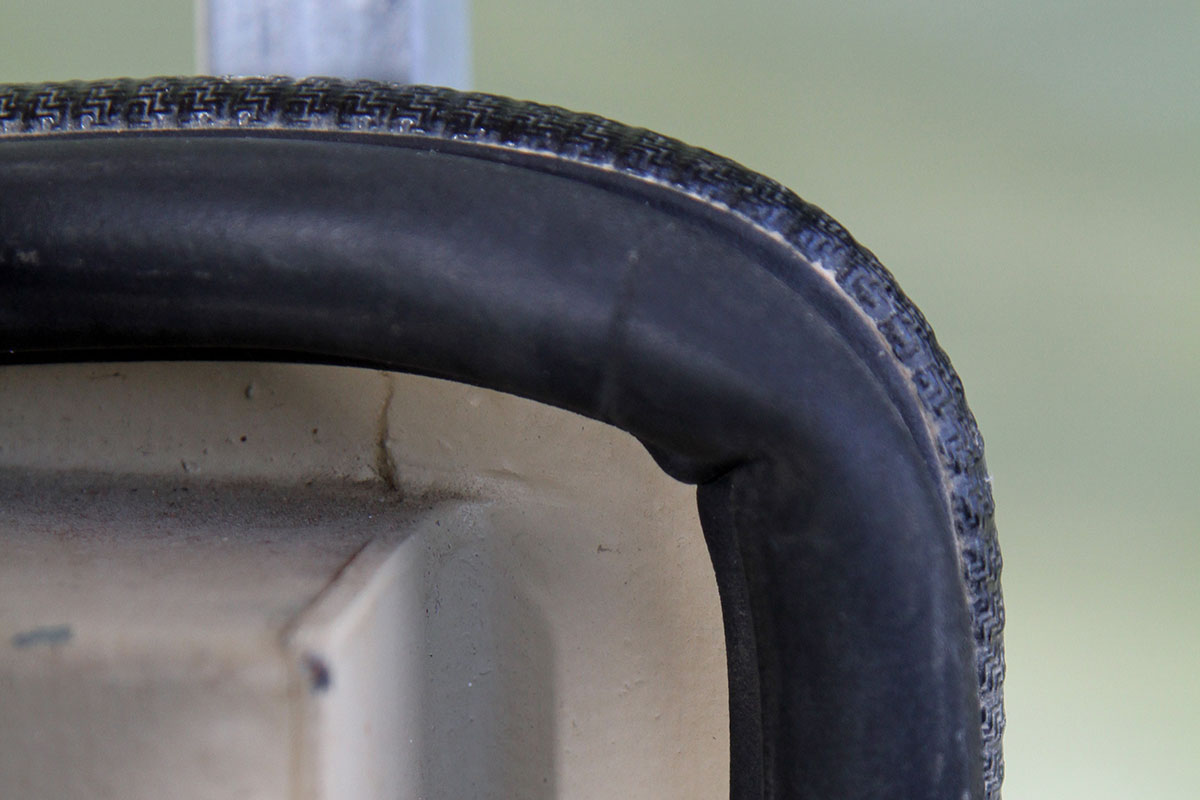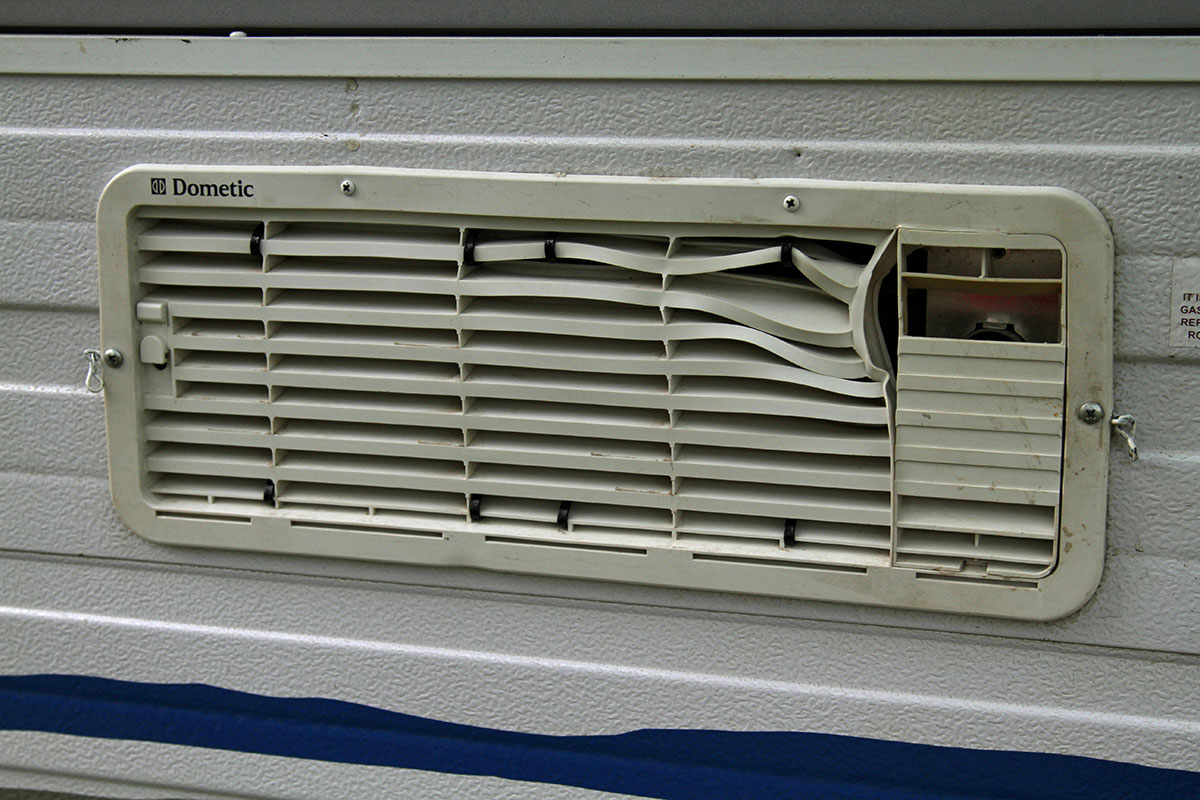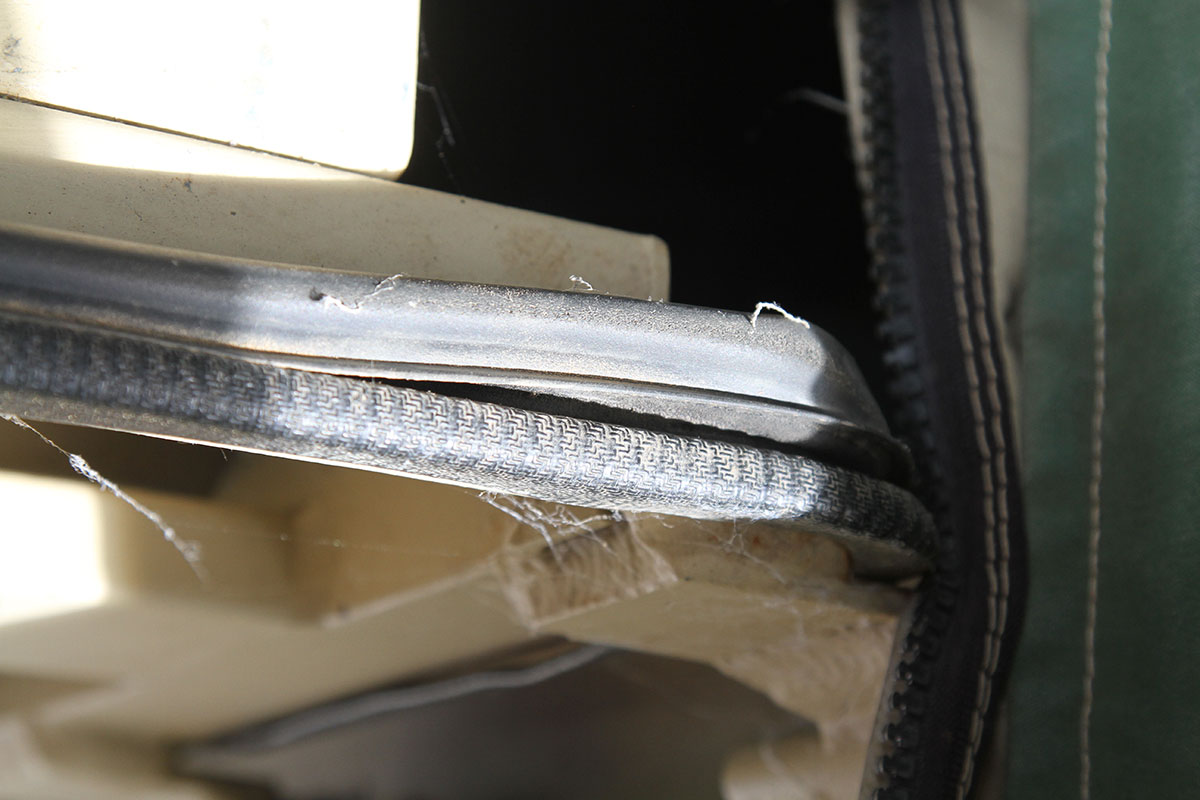Australia is known for its iconic red boundless plains but, unfortunately for caravanners, that red dirt doesn’t stay out there in the outback. It finds its way into every nook, cranny and corner of our campsites, our clothes, our shoes, our cars, our noses – and our caravans.
It’s intrusive, pervasive, sticky and sly – and almost impossible to get rid of once it invades. So it’s best to try and tackle the problem head on – to stop it entering in the first place. And while there’s no sure-fire way to prevent dust ingress, there are many things you can do to limit it.
DUST ENTRY POINTS

It stands to reason that the less ‘holes’ the body of your caravan has, the more dust-resistant it will be, and you’ll find that most offroad vans have as few holes as possible. However, many apertures – such as windows, fridge vents, drains, exhaust fans hose entry points, etc – are essential.
Windows
We all love lots of natural light in our caravans but, unfortunately, windows are probably the number one source of dust. A dust-proof seal is essential to minimise the damage and damaged, dry or cracked seals must be replaced immediately. Resealing a window is a relatively easy DIY job, or you can pass it off to a caravan repairer if preferred.
Drains
Before you set off from camp, ensure you close off any open drains or plugs to stop dust entering while you’re driving. This includes the kitchen sink and shower drains, which can be plugged, and any external drains, which can be capped. Just remember to open them up when you arrive at camp!
Fridge Vents and Air-Conditioners

Most caravan fridges require vents to the outside of the van to allow heat to escape from the back of the fridge, however, like any other aperture in a van’s exterior, this becomes an easy entry point for dust. Roof-mounted air-conditioners are another common culprit.
Pop Tops
Pop-top roofs can be a major source of leaks of both dust and water. Leaves and twigs can work their way under the pop-top’s dust seals, rendering them ineffective, so you’ll need to regularly check around the seals and clean them before lowering the roof. And, before you hit the road, always make sure your roof is properly clamped shut, as any sideways movement can allow dust to enter.
Keyed Locks
Dust can build up inside the locks on your external storage hatches and doors if you’re travelling on very dusty tracks. The best way to avoid this is to put some tape over the latches to keep the dust out when you’re driving.
WAYS TO LIMIT DUST INGRESS

Pressure
It may seem as if dust forces its way into your van no matter what you do, however, it can only do so if the pressure inside your van is lower than the pressure outside. So anything that creates a positive pressure inside the van should help, at least to some degree. This may include a pressure fan, scupper vent or air scoop. These either draw air into the van or push air through an air filter.
Pinchweld Seals
All caravan and camper manufacturers (all decent ones, anyway!) should be using pinchweld rubber seals all doors and windows. The seals must be appropriate to the application and properly fitted with no kinks and not compressing more than 25-50 per cent, otherwise dust and water leaks are inevitable.
Keep an eye on the seals and use a silicon-based spray to wipe them occasionally – old seals will start to harden and crack, compromising their effectiveness.
Compression Latches
Compression latches are used in collaboration with pinchweld seals on most external lockers and doors. The manufacturer will set the latches to the correct compression factor, but they may require adjustment every year or two to ensure a proper seal.
Dust Sealing
To pinpoint exactly where dust is entering your van – or to see what a good job (or not!) you’ve done of dust-sealing – turn on a bright light inside the caravan at night, go outside into the darkness and look for pinhole points of light. These are most likely to occur at the corners, where body panels join, or around any holes or apertures. If you can spot the leaks, expanding foam is a good way to block holes (if they’re out of sight), or consider foam tape for a neater fix.





